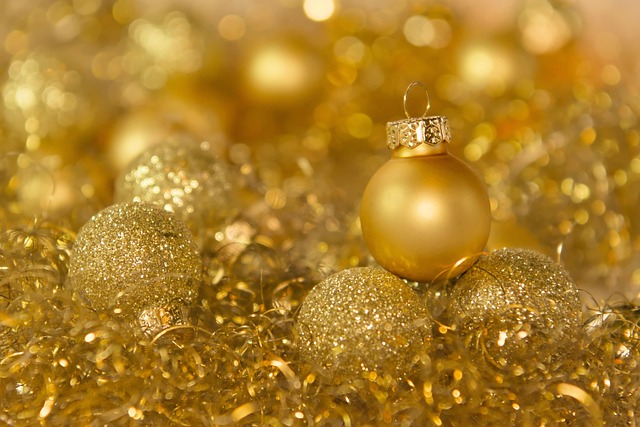In the tapestry of human culture, few threads are as colorful and significant as those woven by tradition. Among the myriad ways tradition expresses itself, the sacred procession holds a place of profound reverence, capturing the imaginations and hearts of countless communities worldwide. A sacred procession is more than just a ceremonial march; it is a deeply spiritual act that signifies devotion and connection to the divine.
Throughout history, religious rituals have revolved around the idea of procession. From the majestic parades during festivals to the solemn marches observed during rites of passage, these movements often symbolize the journey of life itself. Participants in a sacred procession move as one, united in faith and purpose, weaving through the streets adorned with vibrant colors, sacred symbols, and fragrant offerings. Each step taken is accompanied by prayers sung in harmony, echoing the deepest aspirations of the faithful.
In many cultures, these processions are steeped in ancient customs passed down through generations. They serve as a poignant reminder of the community’s shared beliefs and values, providing a sense of belonging and continuity. The sights, sounds, and scents associated with sacred processions create a sensory experience that transcends the mundane and transports participants into a sanctified space. These events not only strengthen the bonds within religious communities but also invite onlookers to witness the beauty of faith in action.
The sacred procession often commemorates important religious events, such as the inception of a new spiritual leader, significant milestones in the lives of followers, or even historical moments that shaped a faith’s journey. Each procession tells a story, encapsulating the hopes and struggles of its people. A single procession could weave together the diverse narratives of a community’s past, present, and future, inviting all to reflect on their personal journeys of faith.
Moreover, in our fast-paced, modern world, the sacred procession offers a moment of pause. It encourages individuals to step back from the chaos of daily life and remember their roots, their beliefs, and the traditions that define them. In witnessing or participating in these processions, individuals often find a renewed sense of purpose and understanding, deepening their connection to the divine.
The significance of the sacred procession extends beyond the acts of the faithful; it touches upon universal themes of love, sacrifice, and redemption. Through the rhythm of movement and the communal spirit, these rituals highlight the shared human experience, bridging gaps and uniting diverse groups in celebration of their common values. As the drumbeats echo through the streets and the chants rise into the air, one cannot help but feel the sacred energy that flows through these gatherings.
In exploring the sacred procession, we discover that it is not merely a tradition; it is a living representation of faith that continues to evolve. As societies change and adapt, so too do the processes of celebration and worship, creating a dynamic interplay between the old and the new. This evolution ensures that sacred processions remain relevant to contemporary practitioners, blending traditional values with modern expressions of spirituality.
Overall, the sacred procession stands as a powerful testament to the enduring nature of tradition. It encapsulates the essence of religious belief, serving as a bridge between individuals and the divine, while reinforcing the importance of community in faith. Engaging with these rituals invites us to reflect on our spiritual journeys and honors the traditions that shape our identities.




